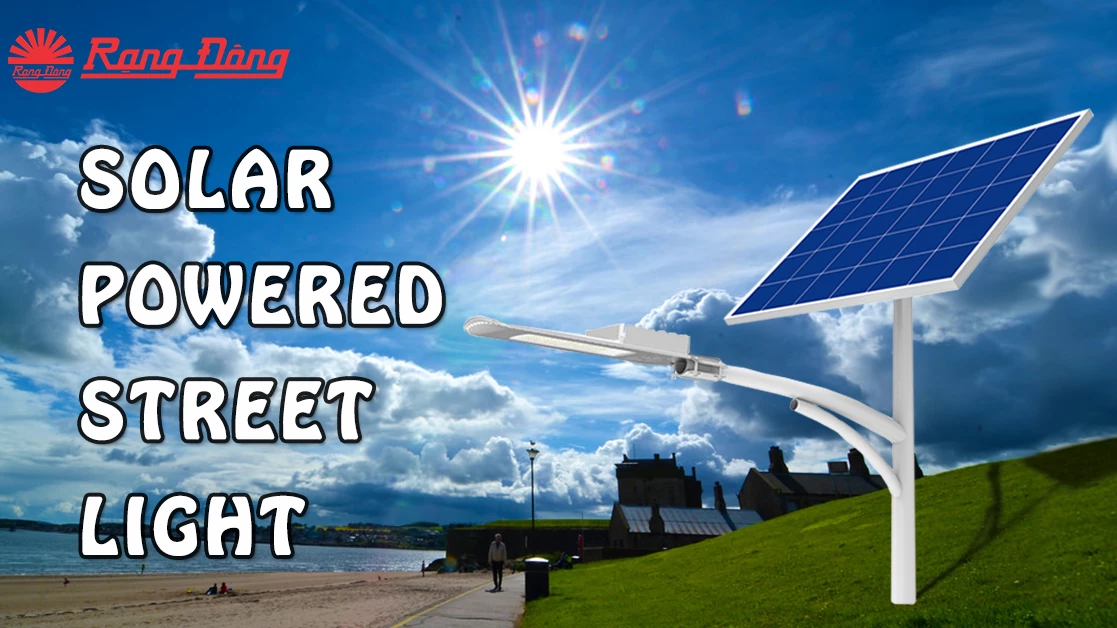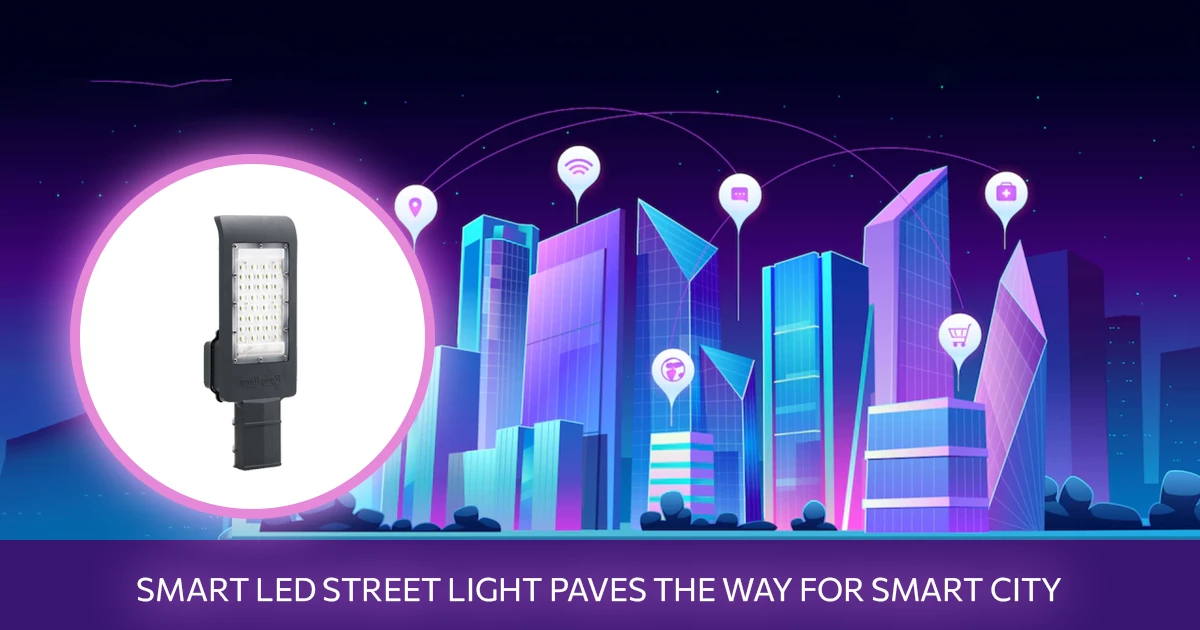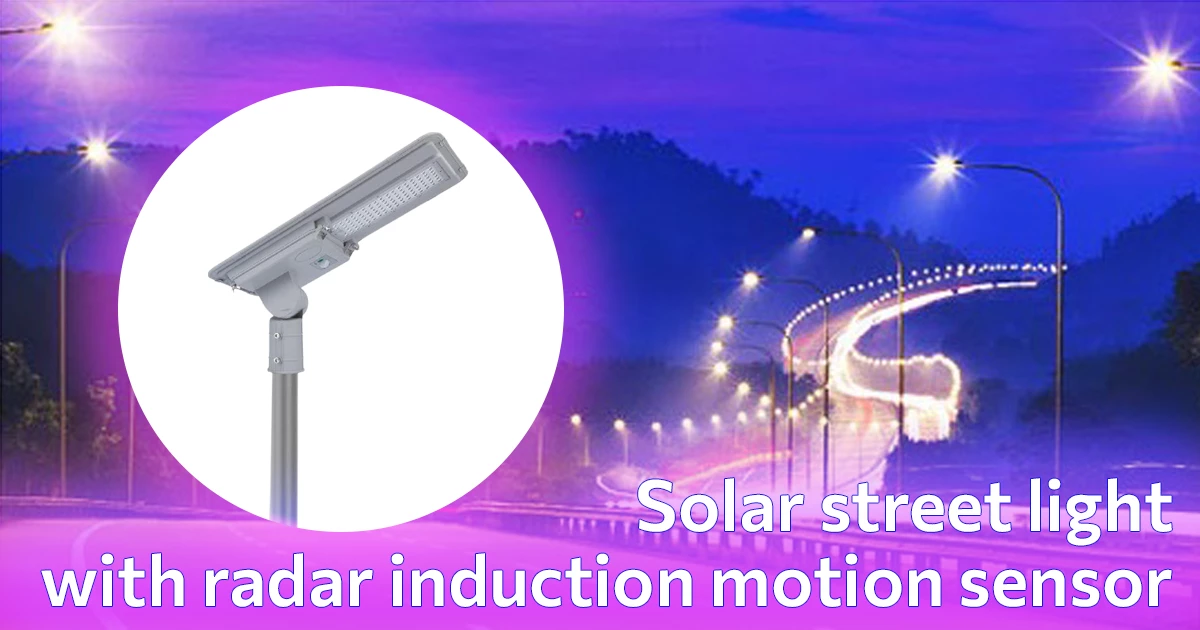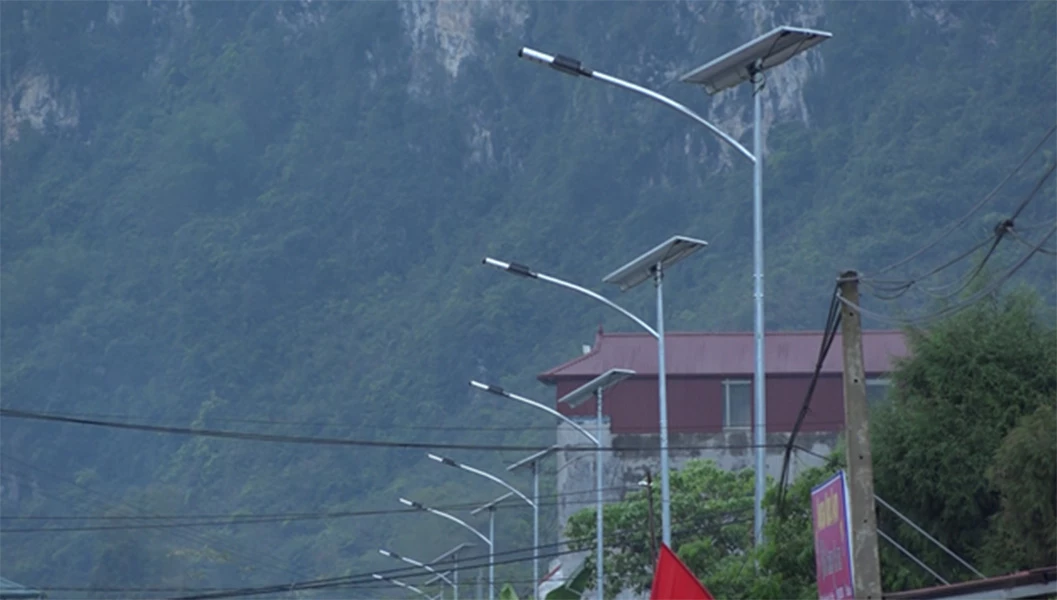
Plus and minus of solar street lights
As developers look for more sustainable and environmentally-friendly ways to light up their communities, solar street lights should be a good option. But along with their strong points, there are also some disadvantages to consider, such as the initial cost of installation and potential issues with weather conditions. We will explore the plus and minus of solar street lights and their impact on the environment in this article.
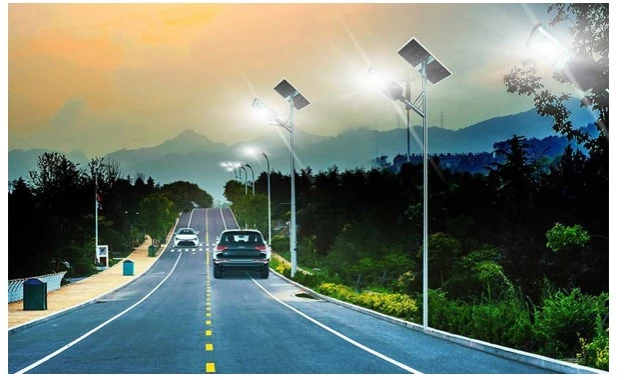
Light up the street with solar street lights
Advantages
Using renewable energy source
Unlike traditional street lights, solar street lights do not rely on non-renewable energy sources to function. Instead, they use solar panels to harness the power of the sun and convert it into electricity, which is then used to power the lights. Solar energy is accessible anywhere and every day as long as we have the sun. This source of energy should be around for at least 5 billion years, according to scientists.
Environmentally friendly
Fossil fuel combustion is the main contributor to atmospheric CO2 levels that cause climate change. Unlike traditional street lights, solar street lights don't use fossil fuel, therefore, they emit little or no carbon footprint or pollutants to the air from their operation. Using solar street lights will surely help protect air quality and mitigate climate change, the tough challenges we're facing globally.
Additionally, the use of solar street lights can encourage the adoption of renewable energy sources, which can have a ripple effect throughout communities, so our earth becomes greener.
Durable and lower maintenance cost
Most solar panels on the market are stable for at least 10 years as technology develops. They can generate electricity for at least 30 years.
Although its initial investment is high, it isn't required to pay the electricity bill. Besides, in remote areas, the daily maintenance costs of traditional street lights are very high. The solar street lights only requỉe regular inspections, and the maintenance cost is relatively low.
Disadvantages
High initial cost
Despite their many advantages, solar street lights also have some disadvantages that should be considered. Perhaps the most significant of these is the initial cost of installation. According to a survey, the total cost of installing a solar street light is about three or four times, or even more than that of a traditional LED street light. This can be a barrier for some communities, particularly those with limited resources.
Subjected to geography and weather conditions
Since solar energy comes from the sun, geography and weather conditions directly affect the lighting conditions of solar street lights. In areas where the sunlight is limited, or where cloudy or rainy days dominate, solar street lights may not be as effective as traditional street lights. Additionally, harsh weather conditions such as hurricanes or heavy snowfall can damage solar panels and other components of the system, which can be expensive to repair. To deal with this drawback, when choosing solar street lights, we should consider those made of firm metal parts with a high IP rating. The solar street lights, produced by Rang Dong with IP66 rate, are dust proof, waterproof and can withstand 6kV surge, ensuring safe operation in harsh weather conditions. Rang Dong is Vietnam's leading manufacturer of LED products and smart lighting solution provider.

Solar street lights may be negative affected by extreme weather conditions.
Since both the advantages and disadvantages of using solar street lights have been laid out above, they should help users make a thorough decision on the next investment.
Should you have any questions or request a quotation of Rang Dong products, please send us an email to: export@rangdong.com.vn.
Websites: en.rangdong.com.vn and vacuumflask.rangdong.com.vn.




